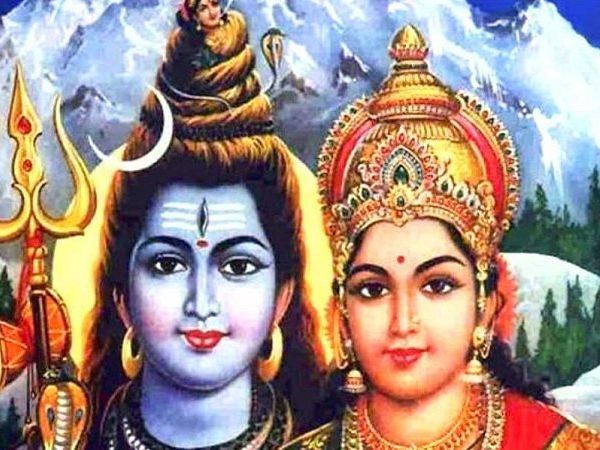This is the place where Lord Shiva and Goddess Parvati got married

Lord Shiva and Goddess Parvati 
If you are one of those travellers who love visiting divine destinations, then this place in Uttarakhand will leave you spellbound. Small wonder that Uttarakhand is also known as Dev Bhoomi. There are several places here that are associated with ancient Indian epics and scriptures. Uttarakhand is also the place where the Alaknanda and Bhagirathi rivers meet to give birth to the mighty Ganga at Dev Prayag. Among various places of spiritual importance, the Triyuginarayan finds a special mention.
What is Triyuginarayan famous for?
The Triyuginarayan temple in a namesake village located at the confluence of the Sone-Ganga and Mandakini rivers in the Rudraprayag district in the state dedicated to Lord Vishnu is of considerable significance because it was the venue chosen for Lord Shiva and Parvati’s marriage.
What does Triyuginarayan mean?
Triyuginarayan consists of three words – Tri + Yuga + Narayan. The word Tri denotes Three, Yuga means era and Narayan refers to Lord Vishnu. This temple has been in existence since Satyuga, followed by Treta Yuga and Dwapar Yuga. The Satyuga was the Yuga of Lord Vishnu, while Treta and Dwarapa were the Yugas when he reincarnated as Rama and Krishna respectively.
The legend associated with the temple
Goddess Sati took birth as Parvati, the daughter of Himavan to marry Lord Shiva. She practised severe penance to win Lord Shiva’s heart. After years of Tapasya at the Gauri Kund, Parvati succeeded in convincing Lord Shiva to accept her as his wife. According to the legend, Shiva proposed to Parvati for marriage at a place known as Guptakashi and then tied the nuptial knot at Triyuginarayan.
Who attended the celestial marriage?
The celestial marriage of Lord Shiva and Parvati took place in the presence of Lord Brahma, who turned a priest to conduct the ceremony and Lord Vishnu, who performed the duties of the bride’s brother. The sages and the locals witnessed the divine union. And most importantly, the Agni (fire) that was Sakshi (witness), of the wedding ceremony, still exists today. The eternal flame is called Akhand Dhuni, where Akhand means endless and Dhuni means flame.
Significance of the Triyuginarayan Temple
Since this place witnessed the celestial marriage of Lord Shiva and Parvati, devotees visit the temple for marital bliss and harmony. Moreover, one can see the Akhand Dhuni, the Brahma Shila, where the marriage took place and the kunds (ponds) – Saraswati Kund, Vishnu Kund, Brahma Kund and Rudra Kund where the divine couple took a bath before getting married. Devotees take ashes from the Akhand Dhuni as Prasad and donate wood for the havan for the perpetual fire.
Please, share this post on Tumblr !
